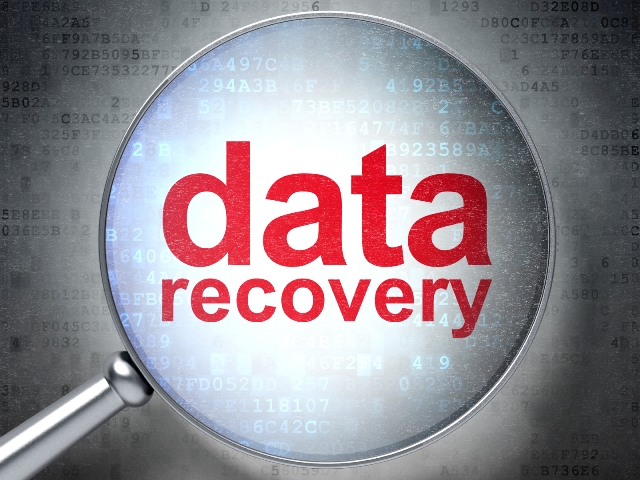Modern companies are critically dependent on information. They use technology to gather, process and deliver information. They generate an enormous volume of information from suppliers, customers, market, competitors and others. Unfortunately, companies can lose crucial data due to disastrous events. It is reported that more than a few companies fail, due to major data catastrophes. This is preventable risk that business owners should adequately asses. Data disasters are usually classified into different categories, such as human- and natural-induced. Natural disasters could include fire, hurricane, floods, earthquakes, tsunami and other environmental factors. However, they constitute a small amount of data catastrophe. Cases of data loss are almost always caused by human mistakes, such as errors, negligence, equipment defects, software crashes, network issues, terrorism, virus/malware, hacking and other kinds of failures. It means that companies should have a disaster recovery plan that can protect their data and IT infrastructure. In the event of a disruption, companies will have the necessary system and tools to minimize effects of data loss and perform procedures to recover information, if it is possible. Disaster recovery plan should define the process to re-establish communication and infrastructure functions, if possible it should be able to recover data.
An emergency situation won’t stop the business from being operational. A disaster recovery plan must define preventive and corrective measure effective actions. The plan should be implemented after being triggered by specific events. It should be evaluated and documented on a predetermined basis. The disaster recovery plan could be a component of the larger business continuity plan, which defines how the company could continue to proceed during and after disasters. Failure to plan, identify and manage business risks can be a recipe of disaster. In a seriously affected geographical area, more than half of businesses never re-open due to poor preparation and responses to disasters. Companies that have implemented and established comprehensive business continuity plan could actually be up and running within days, because employees are trained to respond and adapt to disasters. When preparing data recovery plan, companies should perform business impact analysis and risk assessment. They need to define recovery options and choose those that work the best. The plan should be tested regularly to make sure that it will work, despite the disastrous conditions. Once the data recovery plan is established, we should engage in an ongoing effort to maintain the state of continued usability and reliability.
We should be able to do this by assessing the state of readiness and determine whether we have met the business requirements. If necessary, we should make improvements to meet newer requirements. It is also important to review and implement current management to ensure appropriate controls. We will be able to make sure that the plan is ready to use and stays fresh. Data recovery plan must be updated and in alignment with common business requirements. Well-defined data recovery plan can also be complemented with regular audits to ensure continuous readiness.



